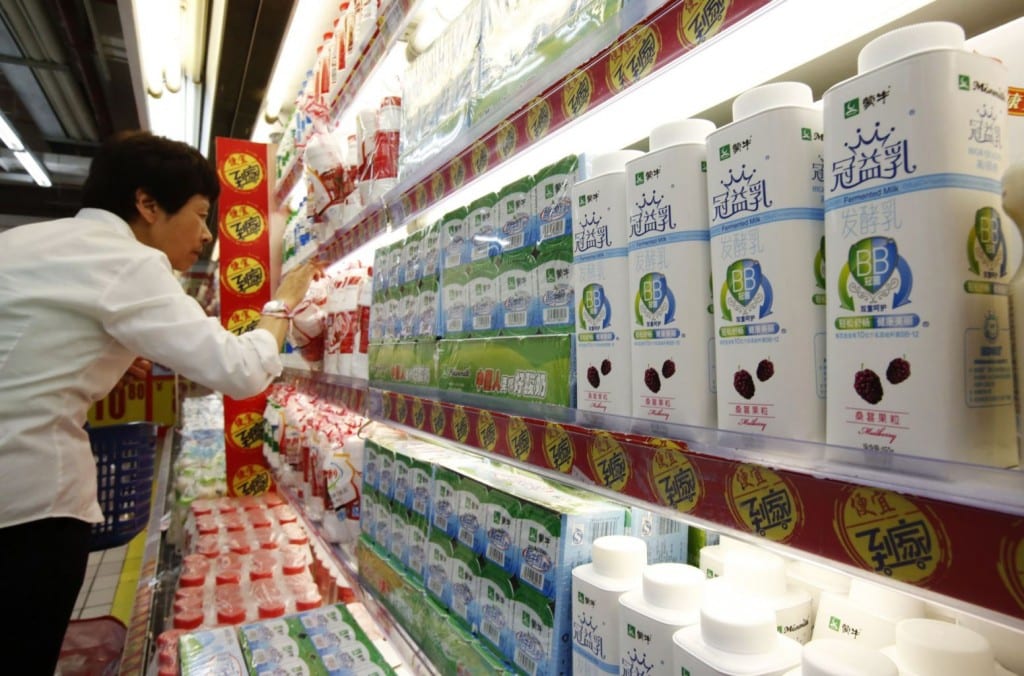
Chinese like Shao, who were born in the 1980s and 1990s, when the one-child policy was most strictly enforced, say they were lonely growing up without siblings.
The one-child policy was gradually eased in recent years as China experienced economic growth and as the country had to deal with its aging population. Historically and economically speaking, the argument was spot on. “They need to eliminate it entirely”, Mr Chen, who now lives is the U.S., said of the government.
A skewed gender balance and a rapidly ageing workforce are among the worst symptoms of state-ordered birth control. However, things have been hitting a low point after China’s ageing population has grown to a cause for concern.
The statement also emphasized that the nation will still uphold family planning policy, improve its population strategy and seek a balanced development of population.
While once there may have been pent up demand for more children, experts say that as the country has grown wealthier, couples have increasingly delayed having even one child as they devote more time to other goals, such as building their careers.
About 90 million couples will qualify to have a second child after the policy is enacted, Wang said, adding that around 60% of the qualified women were 35 years old or older.
Couples in China will be allowed to have two children after decades of a strict one-child policy, announced the ruling Communist Party on Thursday.
Though there were exceptions to the policy, most couples who violated it faced punishment, from fines and the loss of employment to forced abortions.
Looking elsewhere in Asia, though, the Chinese government may find that it is much easier to “encourage” people to have fewer children than to have more.
Critics said the relaxation of rules was too little, too late to redress substantial negative effects of the one-child policy on the economy and society.
China’s dramatic drop in fertility in the ’70s and ’80s created a demographic time bomb that will leave the country with a smaller work force and more older citizens to care for in the coming decades.
Reggie Littlejohn, Chairman of “Women’s Rights Without Borders” told VOA she believes the two-child policy does not stop population control.
More mouths to feed: that means less for families to spend on consumer goods.
In addition, China – favoring male children – has a shortage of girls and women.
The policy will not officially change until the Chinese legislature approves it, but many Chinese couples are already excited to grow their families.
“It might serve to address the current imbalance in the sense that if they do not boost the growth rate, then very soon, within 20 years or less, the working population will be supporting four aged parents”.
The Credit Suisse report said that with the annual cost of raising a child estimated at 40,000 yuan (£4,100), the extra births would translate into an extra 120bn-240bn yuan in consumer spending a year, or 4-6% of China’s total retail sales.